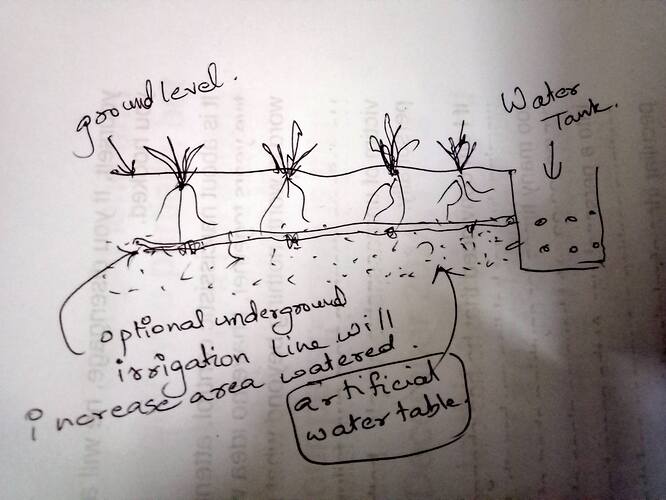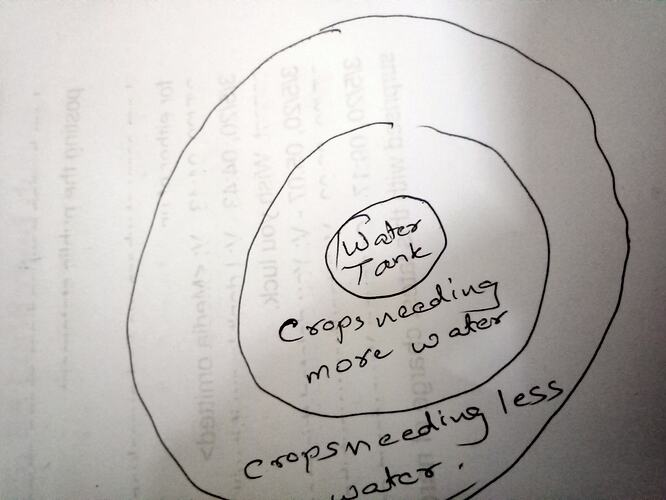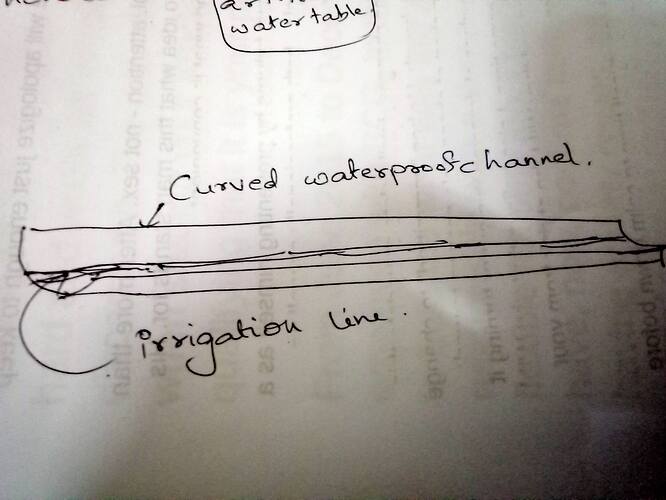This is the idea and project about collaboration of 4 projects we are currently discussing just we have to modify it and want to change its perspectives towards broader vision.
So, we are currently discussing 4 projectes on metastudio.
[center]
[center]WEATHER STATION (forecast of environment)
MANGO MAPPING (data of tree)
ZERO GARBAGE (use of organic substitute)
OLFACTORY SENSOR (chemical composition)
AEROPONICS (growing plant without soil)[/center]
[center]
So, here the thought to unite this model system.
weather station
model we need as it is and around that model we have to tweak other 3 projectes discussion.
Weather station is complete package for sensing all essential components which are required for farmers to do agriculture in good condition.
To brief
WEATHER STATION
It is the solid and budget friendly model by which we can predict weather near farm location and any where by which farmers can make predictions to grow various crops.
It has wifi module and we can operate it remotely.
From this we can get live data tracking by using IoT.
For more check the @Farhan post.
MANGO MAPPING
we all know our popular project mango mapping if we make advance chages to this by tracking field crops and various tree behaviour by using sensor and IoT we can get particular behaviour patterns of all plants.
It is very big and hard to do. But we are doing mango across all over country, so collabrative work will make this easy. Check out @drishtantmkawale post for more info
ZERO GARBAGE
It is simple but effective model. But simplicity makes it hard to do. In villages we have same dumping ground like we have in cities. But village dumping ground are in each house they manage their waste in their own yard. Means in my village in Latur, Maharashtra this dumping yard waste is organic we use this when we start new season of crop plantation. 10-15 trolley of tractor are occupied by 1 year waste. I don’t know the trolley volume property that’s why I mentioned trolley.
So, they create organic culture from the waste.
So zero garbage is similar model system with little changes for city.
You can check this on zero garbage post.
So, if we take this idea further and if we generate compost of waste in home.
Municipal corporation workers will collect compost from us and they will provide you the money of your compost. So, just think big and make zero garbage model simple and convenient.
OLFACTORY SENSOR
It is tricky one hard to crack. So, I included this in farming by changing it’s overall perspective.
Just for this neglect smell part and all will apply to this idea.
The objective of olfaction sensor to find chemical composition of various elements present in Environment.
AEROPONICS
It is method by which we can grow plants without soil check out @jtd sir post about this
So if we bring this idea to soil, like we have in villages soil testing. In agriculture institute the soil test is carried out and they make report and calculate various elements composition in soil and water holding capacity of soil.
From this report they suggest farmer
which crop they have to plant?
Which fertilizers and pesticides will be effective to that field?
What should be the water composition?
And how to increase carbon in soil?
So, this are the 4 topics if we Collab it and make this under seamless model system it will helpful for all farmers in India.
In foreign countries they have lot of high tech missionary.
They use drone,plane and all crary gadgets to grow their yield.
But we have to make changes in farming carefully and wisely.
This is the tech part.
But we have to manage Nature, Human, Technology relation and maintain the balance between this systems.
Just like we are uniting ideas we have to unite them.
So, how to increase natural ways?
By applying ancient times techniques for farming. No tilling, minimum chemicals and approach towards organic farming.
We have some models across the country which do farming by this method.
So, I briefly complete it
No till is the method where we don’t use tractors or bullocks to make brackets to plant tree. We just plant seed properly in equidistant by making holes in measured field.
And we use various plants and different fruits or vegetables to create pesticides or compost as a mannuer for crops. And when this crop are ready we just remove the part which is essential like wheat, rice, etc.
And remaining we keep in field as it is and convert this residue in compost by using bio culture and organic culture.
Because of this traditional method the carbon level of field is increases and water holding capacity and nutrients of soil in increase.
So, we have to combine to make continuous one system. Just to say we don’t need smart farm we need efficient farm that’s why I used tech which represents both technical and traditional techniques.
We can do this if we do this it can also be tech farm revolution like green and white revolution. Just think like this we can start from ourselves then rest will follow it.



